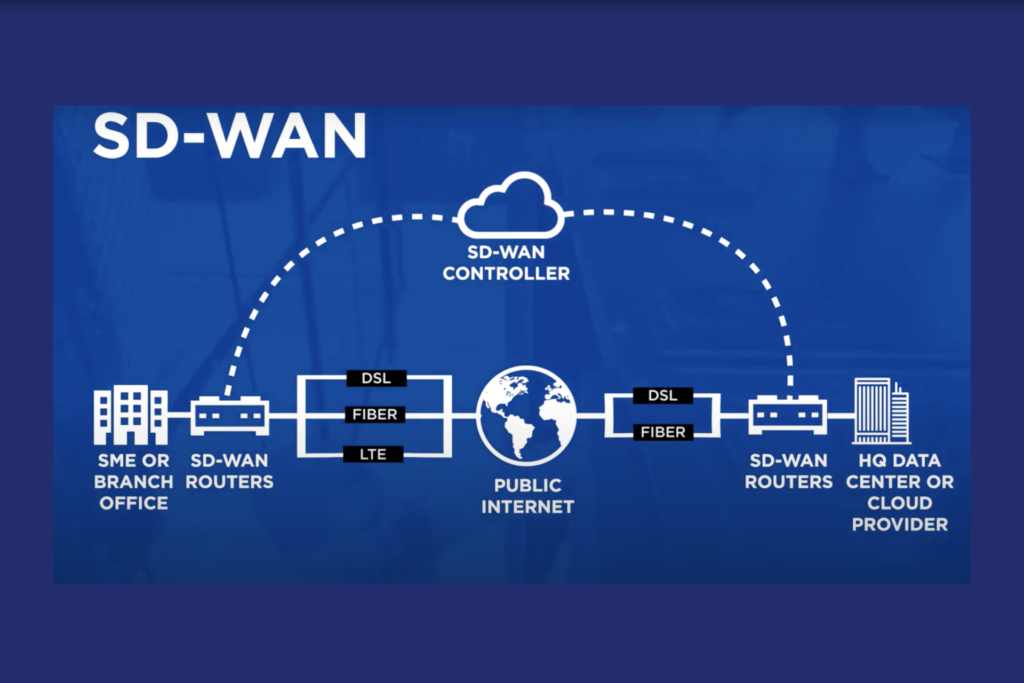There are several reasons your SD-WAN might not be performing as you would like. These issues include problems with the controller or network, the poor performance of video and VoIP, and insufficient real-time reporting. Hopefully, this article will help you identify the root of the problem and find the solution that will work best for your company. Read on to learn more about fixing these problems and ensure that your SD-WAN edge is working as expected.
Problems with SD-WAN Controller
There are many components to an SD-WAN controller, making troubleshooting challenging. The problem may be related to one of the components or a combination of both.
The WAN-OP service fails to synchronize data between the orchestrator and appliance. This results in an incomplete view of newly created WAN optimization rules. As a workaround, remove any firewall policies that use the security profile from the SD-WAN appliance. Once the problem is solved, try reinstalling the SD-WAN appliance. Alternatively, you can try to convert the SD-WAN controller back to the standard edition manually.
While SD-WAN solutions can address degraded links, there is a risk that the traffic will not be routed properly. This can result in multiple problems, including the failure of a single link. To prevent this, the controller can perform Forward Error Correction. In this method, the network administrator creates a small buffer on the receiving end and duplicates traffic. Afterward, the traffic is re-ordered. Alternatively, the controller can improve the performance of multiple degraded links by performing forward error correction.
Performance of Video and VoIP Over SD-WAN
SD-WAN, or software-defined vast area network, is an internet connection that can prioritize traffic across several associations. This ensures that significant traffic is routed and prioritized on the most appropriate network path. Moreover, in case of a failure of the first circuit, SD-WAN will automatically fail over to the secondary one. These technologies have also enabled internet video and VoIP calls to work over shoddy internet connections. But to offer optimal performance, SD-WAN must detect changes in the version of different internet connections in real-time.
One of the primary problems with broadband internet connections is their poor performance. Video and VoIP are the most popular forms of communication today, but many companies still have trouble with their connections’ quality. SD-WAN can help solve this problem by detecting outages in the network and making real-time call adjustments. As a result, SD-WAN has been proven to improve the quality of video and VoIP.
Inability to Detect Flapping Links
One common problem when implementing SD-WAN is the inability to detect flapping links. This issue is exacerbated when multiple connections are used. To prevent this problem and device should monitor each link and use dynamic path selection to discriminate between different types of traffic. For example, traffic with high priority should use the best connection available, while lower priority traffic can use a less reliable one.
One cause of this problem may be how VMware SD-WAN Partner Gateways configure their local gateways. If this is the case, the “Ping Test” output from the Remote Diagnostic tool may show invalid content for a brief time before showing the correct results. Another potential cause of the issue is a subinterface configuration for PPPoE connectivity. This may cause the subinterface to fail to respond to ping requests.
Lack of Real-Time Reporting
Lack of real-time reporting when your SD-WAN isn’t working can be frustrating. Fortunately, it’s a relatively simple problem to resolve. One of the most common causes of poor user experience is shoddy reporting. Unfortunately, most SD-WAN solutions lack the reporting capabilities to determine how good the experience is for different users. As a result, users rely on IT tickets and reports generated by managed/hosted solutions.
One of the most common problems is the lack of real-time reporting. An SD-WAN controller should monitor and alert you when physical links are experiencing problems. This way, you can make adjustments and make changes as necessary. Additionally, SD-WAN devices should monitor traffic to ensure it flows as efficiently as possible. For example, an SD-WAN controller should detect flapping links and interface errors so that you can determine which link is the most effective. It should also see a duplex mismatch, which can cause traffic to drop or be moved. If a link is experiencing issues, it can automatically drive traffic to a different connection, although this may impact other applications. A daily report of traffic flows will reveal if any problems have been missed.

